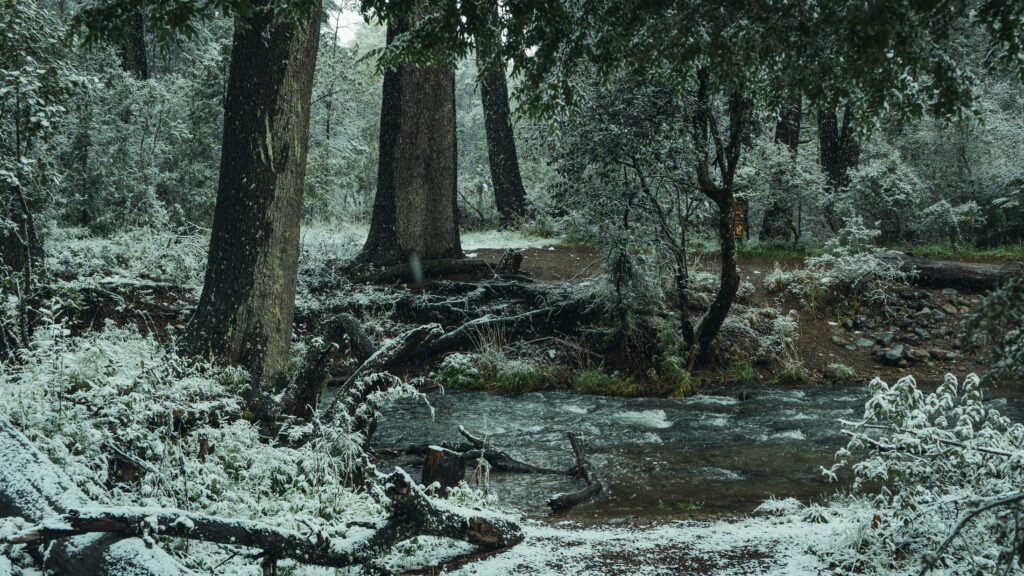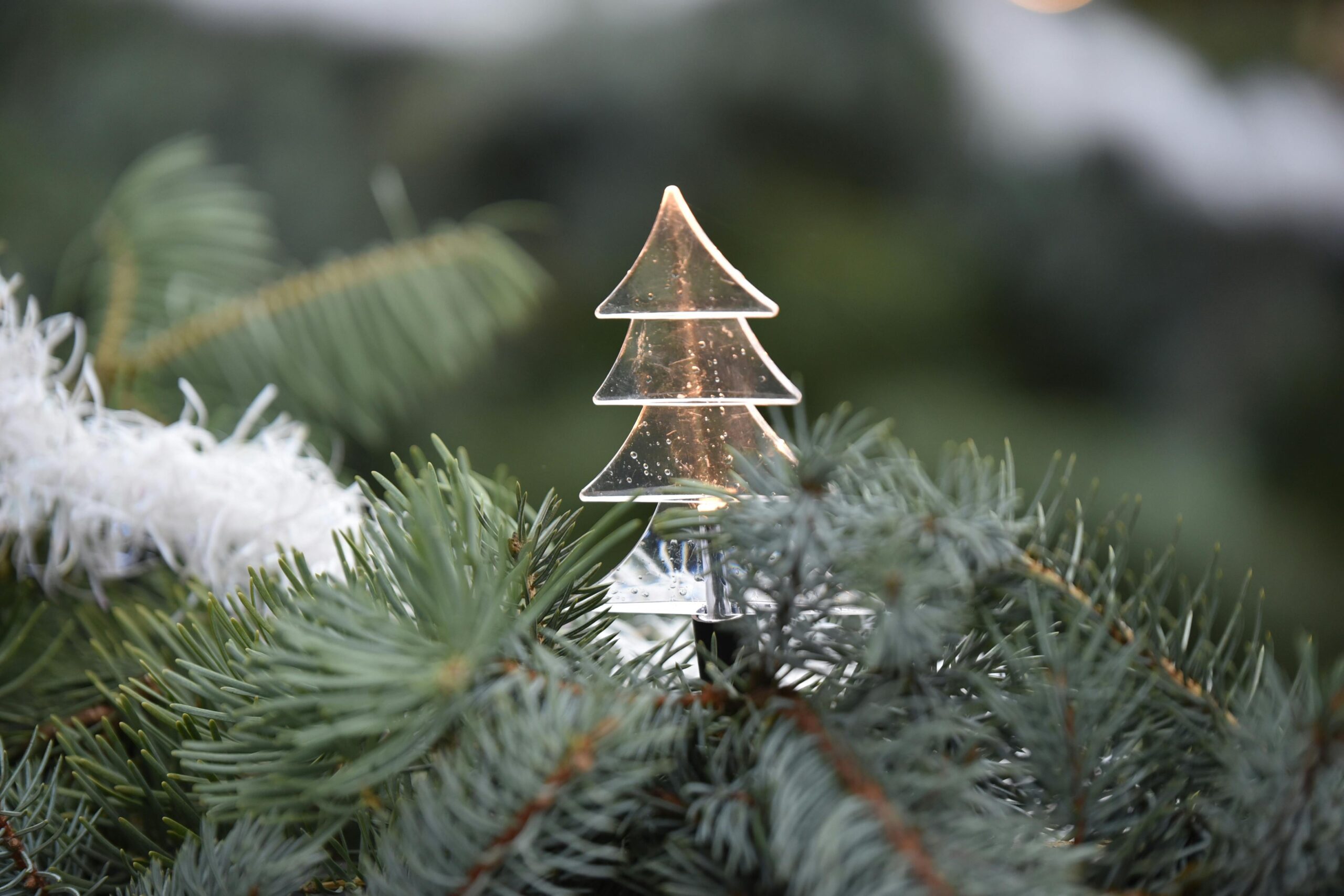How to enjoy a thriving winter garden
When it’s cold outside, the temptation can be to leave your garden or outdoor space to its own devices until spring arrives. However, in the same way that ‘summer bodies are made in winter’, the work you put into your garden during the winter months will pay dividends later in the year. For a thriving winter garden, wrap up warm and follow our top tips.

Image courtesy of Marina Zvada. Published on: April 15th, 2024. Source: Pexel.com
Thriving winter garden maintenance time!
While many of your plants and trees will essentially remain dormant, there are lots of other jobs you can do in your garden so that you’re ready come spring. This includes checking things like your irrigation system (if you have one) and protecting it against damage from frost. You should also ensure that all your tools are sharpened for when you next need them. Garden tools that will be in storage for a while should be given a coat of oil to prevent them becoming rusty.
Don’t forget to protect yourself, too – working outside in the cold weather will be much more comfortable if you invest in a pair of quality gardening gloves, and always use moisturiser afterwards.
A little help for your friends in your thriving winter garden
If you live in a part of South Africa where temperatures get especially low, be sure to cover sensitive plants and trees so that they don’t suffer damage from frost. Winter can also be a tough time for garden birds – with less natural food available, they’ll appreciate you helping out by keeping bird feeders clean and well stocked. High-energy food like suet balls and wild bird seed mix will help them endure the colder weather – and regular food supplies make it more likely that they’ll hang around in spring and summer. That means a more interesting garden for you, plus natural pest control! Another easy way to enjoy a thriving winter garden.
Be cruel to be kind
Pruning is an important winter ritual – cut off dead leaves or stems, or any that show signs of disease. Dead flowers should also be removed. This will promote new growth and new blooms in springtime. Just be sure to use a sharp pair of secateurs or garden shears for clean cuts. Anything you cut off can be added to your compost bin to create food for future generations of flowers. Speaking of compost, if you live in an area that doesn’t experience winter rainfall, place a thick layer of mulch (organic material) around your plants to help maintain moisture levels in the soil. Mulch will also help to prevent weeds from growing in your beds – any that you do see, can be pulled up and added to your compost bin.
Add colour to your winter
By adding winter annuals, you can bring pops of colour to your garden in an instant. These are often available by the tray from garden centres, and there’s no limit to the different colours on offer. Violas and pansies are always popular, while a hanging basket of petunias will brighten up any spot that receives winter sun. Primroses, snapdragons and primulas can also give you the feeling of having a thriving winter garden.









